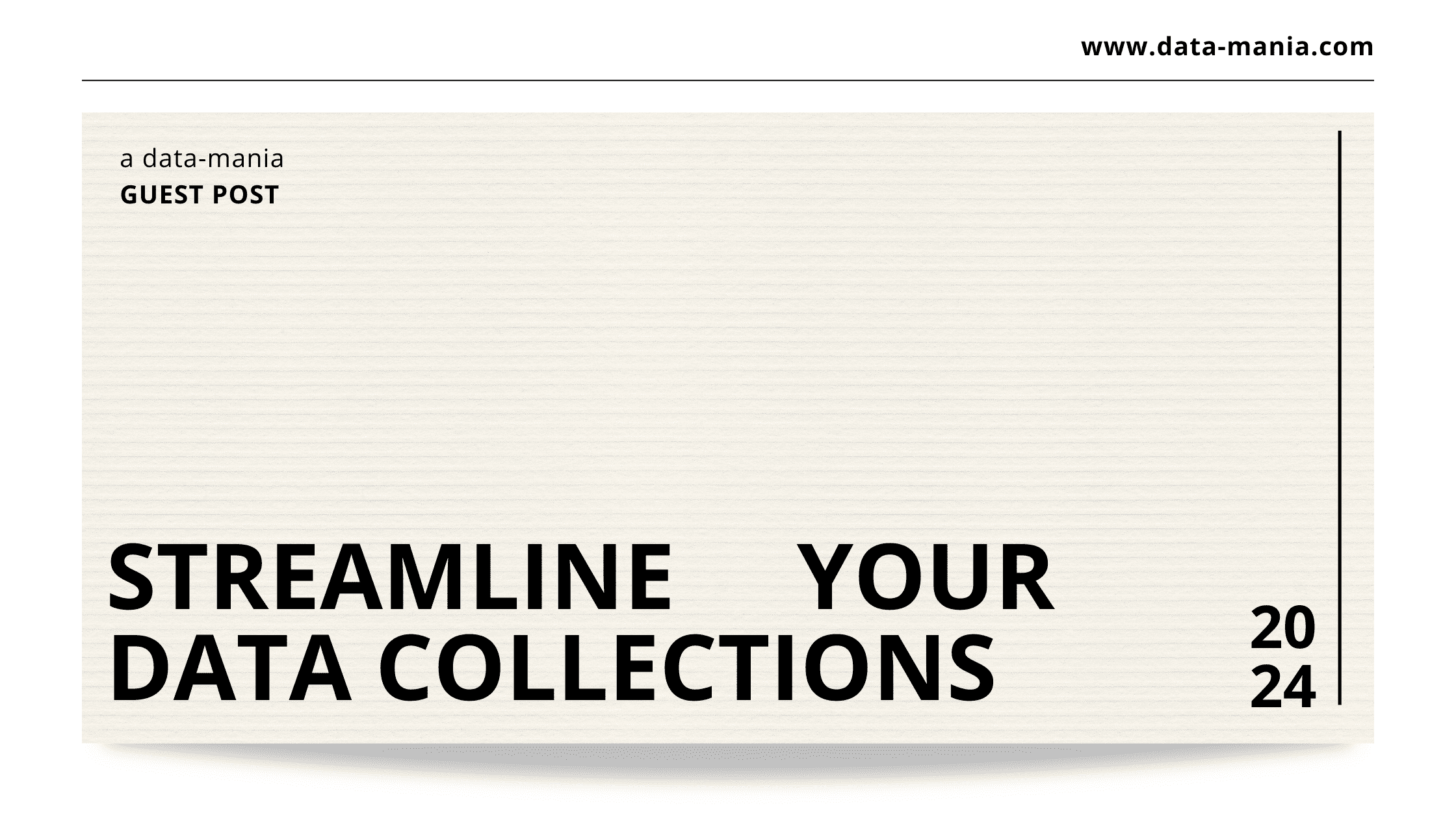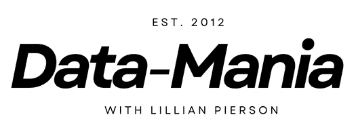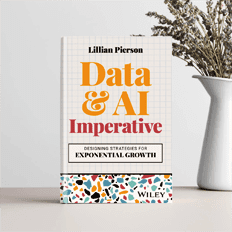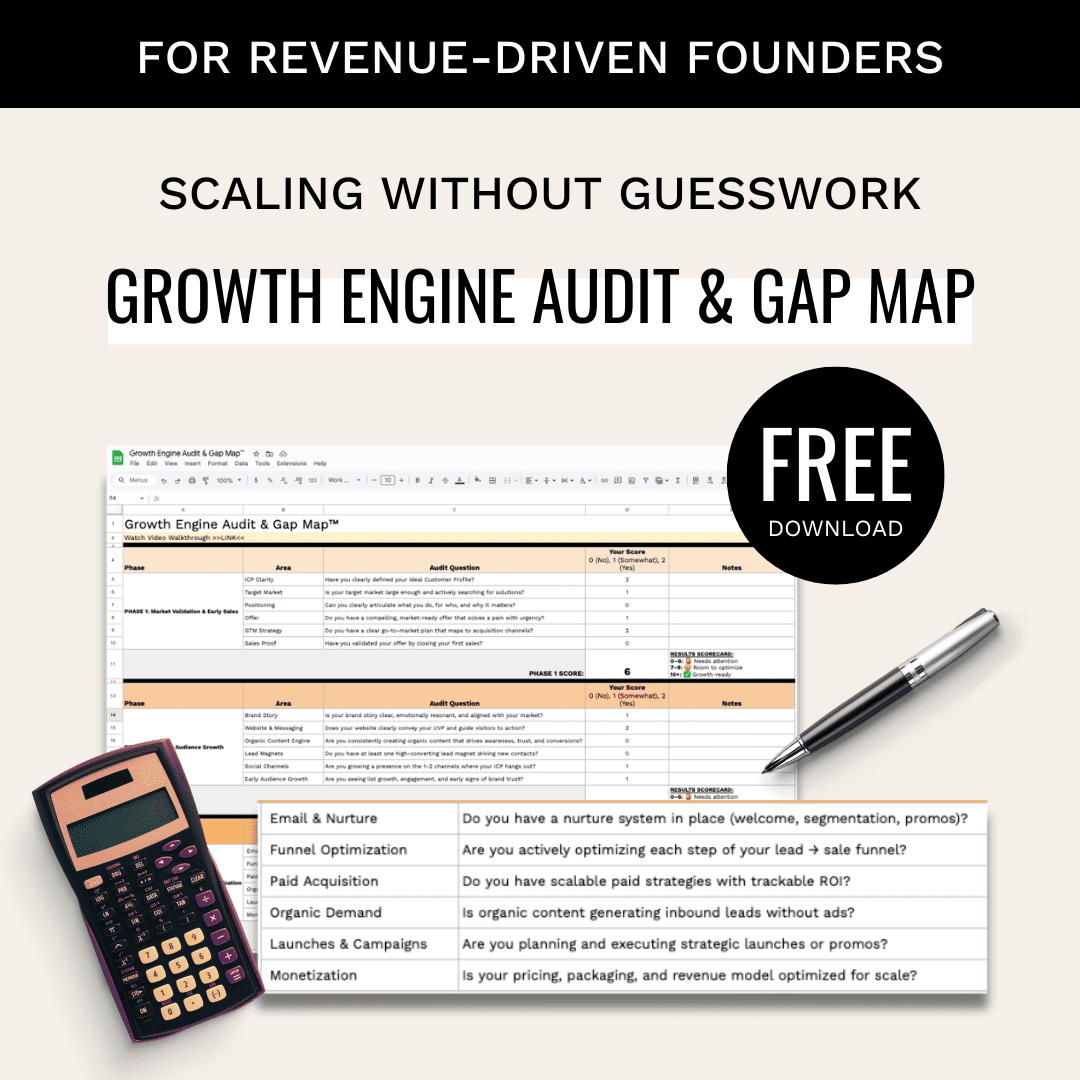The world has become more data-driven than ever. Today, data serves as the building blocks that create an organization’s entire digital architecture. It essentially fuels technology’s ability to streamline business operations and achieve performance goals. In today’s post we’re looking at 5 amazing ways you can use AI to streamline data collection for your business.
Due to the increased use of digital platforms and the Internet of Things, we now generate a whopping 120 trillion gigabytes of data every day. Businesses that can access this treasure trove and use it effectively can take the lead in the corporate race and gain a strategic advantage.
Traditional data collection techniques are laborious and time-consuming, which is why many businesses now use AI tools to generate or collect big data.
You might be wondering; how AI collects data on such a massive level? Scroll down to explore the importance of data collection and how businesses use various AI techniques to collect data from countless sources.
How is AI Related to Big Data?
AI and big data are not mutually exclusive concepts but rather complementary tools that enhance each other’s capabilities. Just as we measure human intelligence based on a person’s ability to gather and apply information, we determine an AI system’s effectiveness in terms of how well it learns and adapts to big data. The more data an AI system can access, the better equipped it becomes to generate accurate and useful outputs.
Big data has been termed the “new oil” for businesses because it’s extensively used as a primary input for various AI-powered business suites like SAP, as well as dedicated analytical tools and predictive models.
SAP uses complex Gen AI to train its systems on specific industries and company data, which requires big data to fuel the learning algorithms and refine the precision of its insights.
We suggest you visit SAP website to learn more about SAP’s AI architecture and modern AI systems. You will discover how their sophisticated algorithms help in collecting valuable data from various internal and external sources and how enterprise AI is transforming industries worldwide.
Why is Data Collection Necessary?
Still confused about how AI collects data? We all recognize that businesses and organizations thrive and grow based on their ability to gauge customer expectations and meet or exceed their needs.
Their performance depends on how quickly they respond to changing market trends and consumer behavior. For this reason, businesses must gather minute-to-minute data related to on-ground market conditions, customer preferences, and fluctuating economic indicators.
Besides understanding their customers, data collection is also indispensable for businesses to monitor their competitors’ activities and compare their products or services.
It’s only when they streamline data collection that they can businesses can identify market opportunities and invest strategically in areas that haven’t been explored yet.
Although traditional ERP systems and supply chain automation help streamline business operations, they cannot provide a deeper insight into business performance or predict future trends.
This is why effective data collection sits at the core of AI-powered enterprise suites like SAP. This data helps businesses identify performance gaps and bottlenecks in day-to-day operations, and generally streamline data collection.
Moreover, businesses need to compare historical data with real-time data to figure out the latest trends and alter their overall business strategy. For this purpose, they need to maintain massive datasets of historical operational data and collect real-time data from various sources.
5 Ways To Use AI to Streamline Data Collection
We understand that big data fuels enterprise AI, but exactly how does AI collect data? Instead of relying on traditional manual procedures, businesses use AI-powered tools and algorithms to expedite the complex and time-consuming process of data collection.

Various AI tools and techniques can streamline data collection and ensure that the required data is always available at hand. Here are five ways AI helps streamline data collection from internal and external sources:
1. Chatbots and Voice Assistants
Chatbots and voice assistants have become the new face of customer service. These tools use natural language processing to interpret customer queries and generate appropriate responses without human intervention.
While many of us recognize chatbots as automated customer support models, have you ever wondered how AI collects data from chatbots to enhance its learning capabilities?
Both chatbots and voice assistants actively collect data from customers or website visitors by analyzing customer queries. More importantly, data collected through chatbots and voice assistants is simultaneously processed to assess customers’ reactions to the AI-generated response.
Moreover, chatbots can be used to conduct active surveys from customers and capture critical customer data, such as their demography, preferences, and feedback. Interactive conversations and quizzes can collect heaps of data that can be used to analyze customers’ buying behavior and product performance.
Chatbots and voice assistants can be easily scaled to handle large volumes of data. This makes them an ideal tool for businesses that need to collect a lot of data from a wide range of sources.
2. Crowdsourcing
Crowdsourcing platforms have completely revolutionized the way businesses and organizations collect a wide range of data. Crowdsourcing involves collecting data from a large number of organizations, intermediaries, and people through online platforms and mobile apps.
Businesses can use crowdsourcing platforms to collect data through polls, gamification, viral challenges, and surveys.
Crowdsourcing is one of the most cost-effective and fastest methods of data collection compared to traditional manual methods. The data is typically collected from a broader range of sources and is free from biases.
Moreover, businesses can collect data from sources that would otherwise be difficult to access through manual methods. This could be product reviews of their own product or their competitors’, market research data, scientific research data, social media trends, and more.
3. Web Scraping and Crawling
Wondering how AI collects data from public forums? Web scraping is the answer! Web scraping and crawling are probably the most common AI-based techniques to discover new content and gather data from various online platforms.
AI tools help businesses scrap heaps of useful content from websites and use this data for analysis. This content can range from social media posts, comments, news, online marketplace content, product reviews, product descriptions, blogs, and data from public forums.
Website crawlers and scrapers can also be used to analyze website content on competitor websites and monitor any changes. Social media content and product reviews can provide you with valuable feedback on customer sentiments.
Newer and more sophisticated web crawlers use natural language processing to categorize data and filter out valuable content.
4. Data Cleaning and Correction Tools
Web crawlers, crowdsourcing, chatbots, and other data mining techniques essentially gather all types of data that isn’t always useful. AI-powered tools help businesses sift data and discard chunks of data that may not serve any purpose.
Data such as incomplete phrases, outliners, etc., are cleaned out. AI tools also correct data errors, such as duplicate values, missing parameters, etc. This keeps businesses from storing heaps of useless data and reduces the cost of remote or local data storage. It also helps them improve the quality of data and make it more reliable and accurate for further analysis.
5. Computer Vision and Image Recognition
Collecting text data is simpler, but how does AI collect data from visual content? Visual data contains some critical information that can be highly beneficial for businesses. AI-powered tools not only extract meaningful information from text but also employ advanced techniques to scrape valuable data from images, videos, infographics, and other graphics.
This helps businesses gather valuable data from social media platforms, websites, customer interactions with voice assistants, and audio/video files. Some advanced AI tools can efficiently analyze facial expressions and detect emotions.
This data can then be used to gauge customer preferences, product performance, or customer satisfaction levels.
The Bottom Line
Using AI to streamline data collection is an amazing use case! AI is all geared up to shape the future of the modern world in general and the corporate sector in particular. While sophisticated technology helps businesses streamline their operations, the success and failure of technology depend heavily on the quality and quantity of relevant data.
The above tools not only streamline the data collection process but also ensure that the collected data is clean and free from errors. However, for any business to reap the most benefits of AI data collection tools, it’s essential to ensure responsible use and seamless integration of these tools with existing systems.




